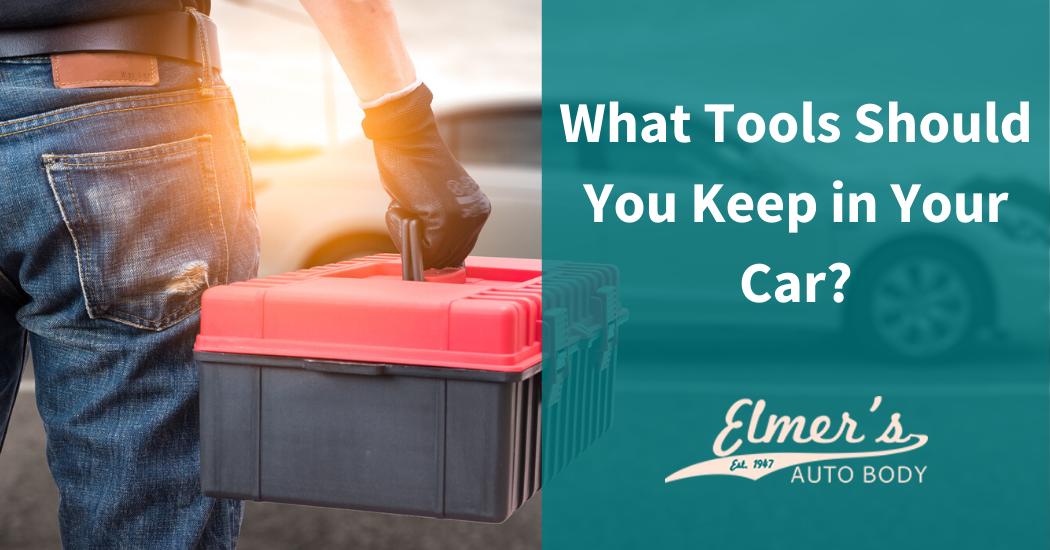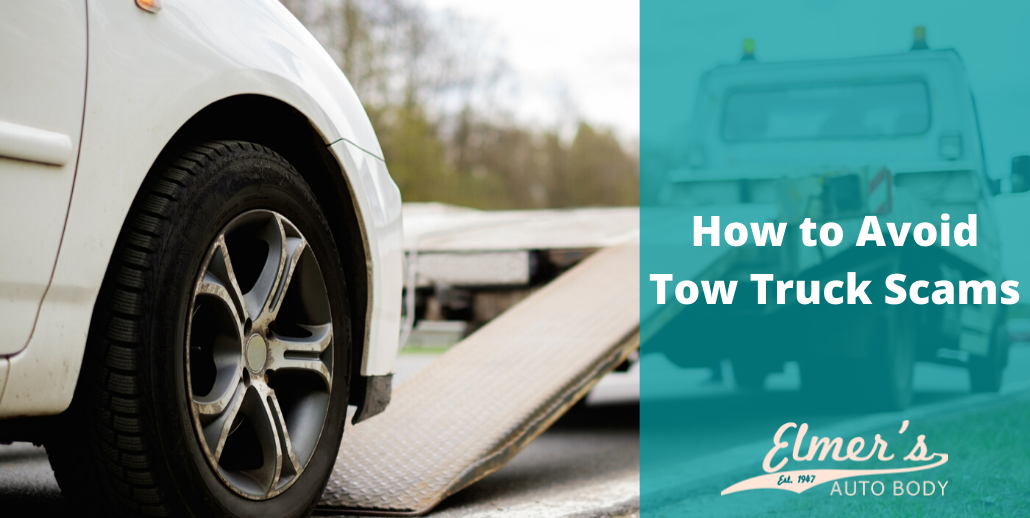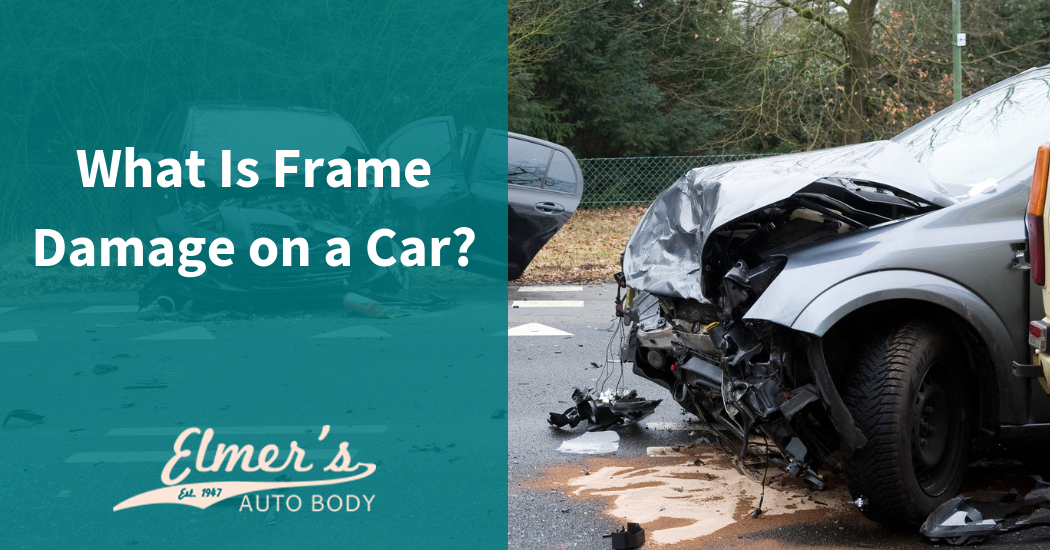As the weather warms up, you automatically begin thinking of that family road trip. Whether you are heading to a cabin by the lake, a cozy beachfront cottage or you just hop in the car for a weekend drive to get away, you don’t want to have any worries or concerns along the way. Unfortunately, Murphy’s Law usually does not allow that to happen and you don’t want a small car repair to derail your entire trip. One way to deal with those minor repairs is to carry a toolbox in your trunk. These are some of the best tools to have with you in your car to deal with those emergencies.
Aluminum Flashlight
Almost any flashlight is critical should your car break down on the side of the road at night, but a high-quality aluminum light may provide you with better illumination than a cheap disposable one. You can find good flashlights that require “D” batteries with a standard bulb, or you can purchase one with an LED bulb that uses lithium batteries. Before heading out on the road, be sure the flashlight batteries are good or that it is charged fully. Put an extra bulb in the glovebox as well.
Build an Emergency Tool Kit
You can purchase ready-made tool kits that are designed for the trunk of your car, but it may be easier to create one yourself to be sure you have what you need. You don’t need your entire garage full of tools. The tools you will most commonly need for a quick roadside repair include:
- Adjustable wrench
- Electrical tape
- Electrical wire
- Flat-head screwdriver in two sizes
- Mechanics wire
- Philips head screwdriver in two sizes
- Pliers
- Small ball-peen hammer
- Spare fuses
- Vise grips
- Wire cutters with wire stripping option
Just place the entire tool kit in a small sports bag and you should be set to fix any roadside issue that comes up.
First Aid Kit
A small first aid kit in your car can be a lifesaver. You can purchase a ready-made kit designed for your glove box or trunk or you can create one of your own. If you want to purchase one that is already made, check sporting goods stores as they often have larger kits with more first aid needs than those offered at department stores.
Jumper Cables
An inexpensive set of jumper cables can be worth their weight in gold if you break down on the side of the road. Another great item to have in your trunk is a jump starter assembly that can jump your battery without needing a second vehicle.
Tire Pressure Gauge and Inflator
Tire issues are common when you are traveling. Newer vehicles include computerized tire pressure sensors but if your car is an older model, you will want to have a tire pressure gauge in your glovebox. A tire inflator with sealing qualities is another good item to have in your car. To use the inflator, remove the valve cap on your tire, insert the inflator hose, and press the button. Your tire will inflate, and the puncture will be temporarily sealed.
Tow Strap
If you are stuck on the side of the road due to mud or snow, a tow strap will be helpful to get you pulled out. Tow straps take up less room than tow chains or ropes. They also stretch a little when they are connected to another vehicle which helps dislodge you.
Flares or Safety Triangles
When your vehicle is disabled, especially after dark, you want to be sure that other cars on the road can clearly see you. Although flares are small, they can be difficult to light and there have been reports of small holes burnt into clothing while the flare ignites. Instead, purchase a set of safety triangles which can be used more than once. They are not as quickly visible as flares, but they do draw attention to your vehicle on the side of the road.
Fire Extinguisher
Many automotive stores sell fire extinguishers that are designed for vehicles but, too often, they are much too small to put out a gasoline-fed fire. Instead, purchase a 2.5-pound fire extinguisher along with a quick-release mount for your trunk. It is not safe to have a heavy fire extinguisher rolling around in the back of your trunk, so you want to secure it. However, you also want to be able to get it out as quickly as possible should your vehicle or another catch fire.
No one ever wants to think of emergencies on the side of the road when they are traveling. Unfortunately, they are more common than you think. If you are planning a road trip in the next few months, schedule an appointment with Elmer’s Auto Body for a quick inspection if you’ve been in an accident.






